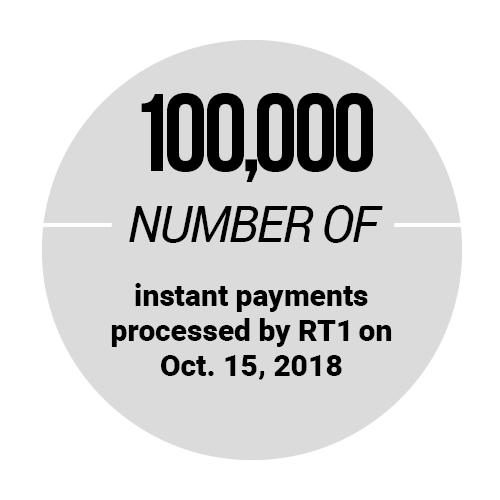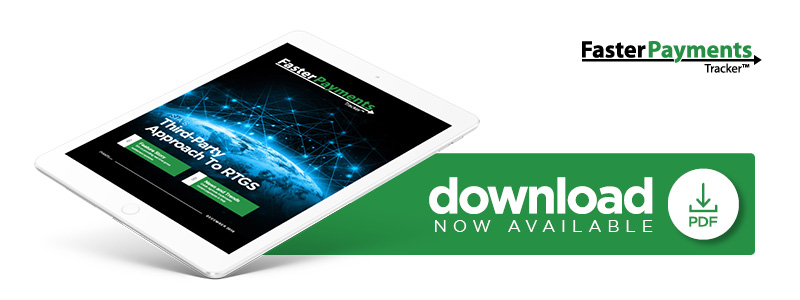Third Parties Help Central Banks Ride RTP Rails

The uptake of faster payment systems keeps going up — and up, and up.
In fact, the number of Same Day ACH transactions rose by 192 percent in Q3 2018 over the same period from the previous year. EBA CLEARING’s RT1 system, meanwhile, has processed more than 5 million transactions since launch — but some have said the faster payments space could be growing even faster.
So, what’s holding back a more rapid faster payments adoption? The industry’s issues include insufficient interoperability between schemes, as well as confusion and cost hurdles faced by financial institutions (FIs). In the new Faster Payments Tracker, PYMNTS examines these issues and the latest efforts to remedy them.
 Around The Faster Payments World
Around The Faster Payments World
NACHA’s Payments Innovation Alliance is one player working to make it easier for FIs to engage in faster payment schemes. The organization’s Faster Payments Playbook Project Team recently held its first in-person meeting. Members gathered to discuss which key topics needed to be featured in a Faster Payments Playbook, a resource that would guide FIs in their faster payment strategies.
Meanwhile, other players in the U.S. are working to promote faster payments. The Governance Framework Formation Team (GFFT) recently announced it had formed the U.S. Faster Payments Council (FPC), which will work toward a ubiquitous and secure faster payments system, offering 24/7 availability.
Of course, greater ubiquity with any faster payments system means helping smaller FIs to implement the services as well.
To that end, financial services software provider Finastra recently announced plans for a forthcoming cloud-based solution, aimed at small and mid-sized banks in the U.S. and the European Union (EU). The solution is intended to bring real-time payments within the reach of FIs that might otherwise be blocked out by costs or the burden of infrastructure requirements.
For all the latest headlines in the space, download the Tracker.
SIA’s Third-Party Approach To RTGS
Central banks can also struggle to adopt new payment infrastructures or make the improvements they need to their existing payment systems.
Many of the central banks that launched their real-time gross settlement (RTGS) systems more than a decade ago are seeking to replace these aging systems with new ones. Meanwhile, countries that have never had an RTGS system also want to get on board. However, many central banks are now bypassing the creation of their own in-house RTGS solutions and, instead, tapping third parties to provide the infrastructure.
In this month’s feature story, Mario De Lorenzo, director of the Central Institutions Division at SIA, explained what it takes for third-party payment infrastructure providers to help meet different countries’ RTGS needs, and how SIA works to keep its system secure, even should a massive cyberattack strike.
To read the full story, download the Tracker.
Faster Payments
The PYMNTS Faster Payments Tracker is the go-to resource for staying up to date on faster payment developments and initiatives on a month-by-month basis. The Tracker highlights the contribution of different stakeholders, including institutions and technology providers coming together to make this happen.
